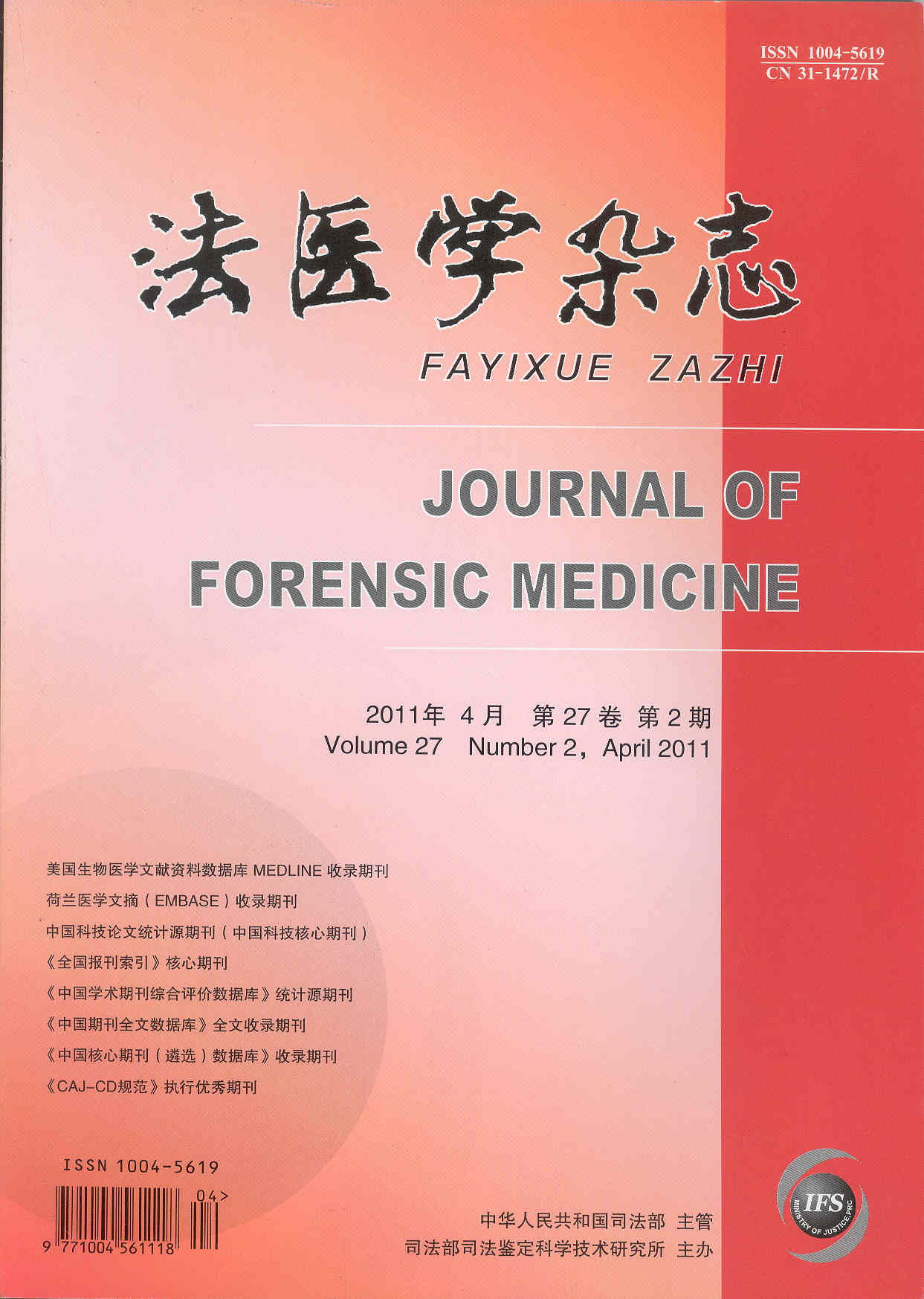|
|
Relationship between Best Corrected Visual Acuity and Refraction Parameters in Myopia
LV YA-PING, XIA WEN-TAO, CHU REN-YUAN, ET AL
2011, 27(2):
94-97.
DOI: 10.3969/j.issn.1004-5619.2011.02.004
Objective To explore the relationship between best corrected visual acuity(BCVA) and refraction parameters in myopia. Methods Two thousand two hundred and seventy-four patients (4 245 eyes) with different degrees of myopia were collected. Their BCVA, diopter of spherical (DS), diopter of cylinder (DC), astigmatism axis, axial length (AL) and corneal thickness were detected. The influence of those parameters on BCVA was studied and the mathematical model of the relationship between BCVA and other parameters including the age and gender of patients was established. Results The logistic regression analysis showed that there were correlations between the BCVA(y) and DS(x1), DC(x2), gender(x3), AL(x4), corneal thickness(x5), astigmatism axis(x6) and age(x7) (P<0.05): y=0.580 6-0.034 0 x1-0.046 8 x2+0.056 5 x3+0.016 5 x4+0.000 7 x5+0.000 2 x6-0.005 8 x7. Conclusion For people with myopia, age, gender and corneal thickness have small effect on BCVA, while the DS, DC, AL and astigmatism axis have significant effect on BCVA. The BCVA would decline following the extension of DS, DC and AL. It is helpful to assess the vision of myopia by analyzing the refraction parameters comprehensively.
Related Articles |
Metrics
|


